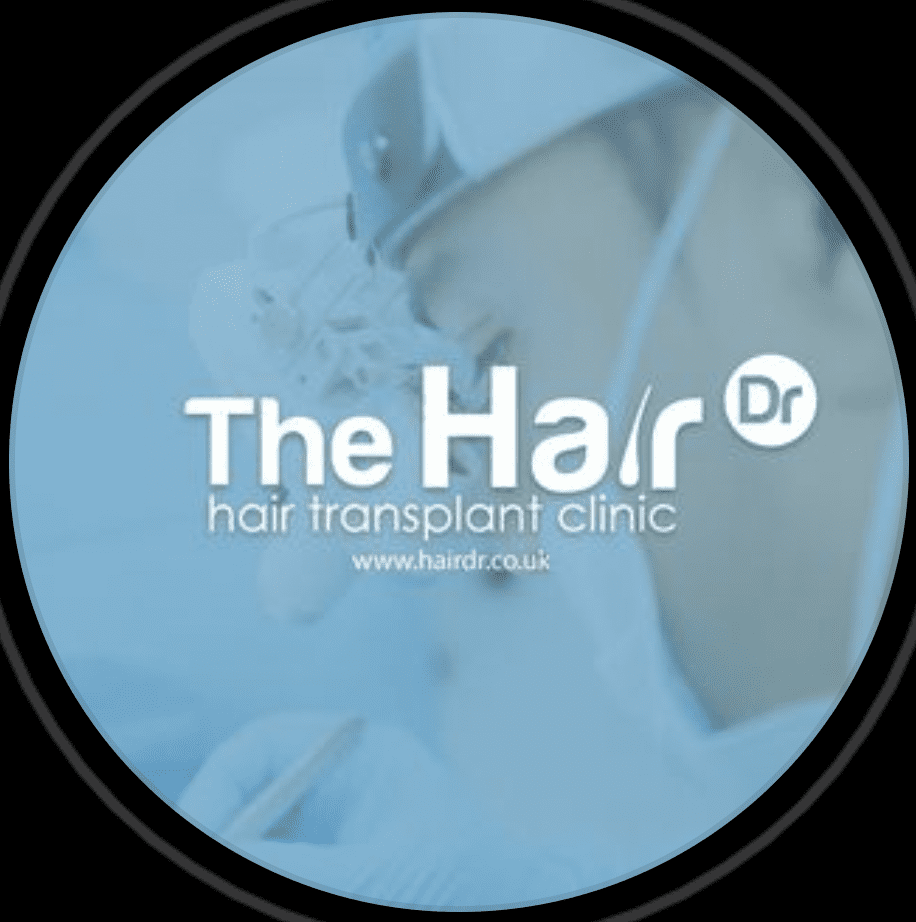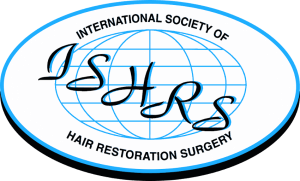Hair loss can be a distressing experience, affecting self-esteem and overall quality of life. Understanding whether your exercise habits are contributing to hair loss is crucial for maintaining both physical fitness and hair health. This article delves into the connection between workout routines and hair loss, exploring causes, symptoms, treatments, and preventive measures.
Types and Categories of Workout Routines
Cardio Workouts
Running
Running is a popular cardiovascular exercise known for improving heart health and stamina. However, intense running sessions can sometimes lead to increased stress and sweat, potentially affecting hair health.
Cycling
Cycling offers a low-impact cardio option, beneficial for joint health and endurance. The helmet used during cycling might trap sweat, leading to scalp issues if not managed properly.
Swimming
Swimming provides a full-body workout, but chlorine exposure from pool water can damage hair, leading to dryness and breakage.
Strength Training
Weightlifting
Weightlifting helps in building muscle mass and strength. However, it may also influence hormone levels, particularly testosterone, which can convert to DHT and contribute to hair loss.
Bodyweight Exercises
Bodyweight exercises like push-ups and pull-ups are effective for muscle toning without the potential hormonal imbalances caused by heavy lifting.
High-Intensity Interval Training (HIIT)
HIIT involves short bursts of intense activity followed by rest periods. This workout is excellent for burning fat but can increase cortisol levels, a stress hormone that may negatively impact hair health.
Yoga and Pilates
Yoga and Pilates focus on flexibility, strength, and mental well-being. These exercises can reduce stress, improve blood circulation, and potentially promote healthier hair growth.
Symptoms and Signs of Hair Loss
General Hair Thinning
Hair thinning across the scalp can be an early sign of hair loss, often noticed when hair lacks its usual volume and density.
Receding Hairline
A receding hairline, particularly at the temples, is a common pattern of hair loss, especially in men.
Bald Patches
Sudden bald patches, also known as alopecia areata, can occur due to various factors, including stress and autoimmune conditions.
Hair Shedding During Workouts
Excessive hair shedding during or after workouts can indicate a stress response or other underlying health issues affecting hair follicles.
Causes and Risk Factors
Biological Factors
Genetics
Genetic predisposition is a leading cause of hair loss, with patterns inherited from both parents influencing hair health.
Hormonal Changes
Hormonal fluctuations, especially involving androgens like testosterone and dihydrotestosterone (DHT), play a significant role in hair loss.
Environmental Factors
Pollution
Exposure to pollutants can damage hair follicles and contribute to scalp conditions that lead to hair loss.
Climate
Extreme weather conditions, such as excessive heat or cold, can impact hair health, making it brittle and more prone to breakage.
Lifestyle Factors
Diet and Nutrition
A diet lacking essential nutrients like vitamins, minerals, and proteins can weaken hair, leading to increased shedding and slow growth.
Stress Levels
High stress levels elevate cortisol, which can disrupt the hair growth cycle and lead to hair loss.
Hair Care Practices
Improper hair care, including excessive use of heat styling tools and harsh chemicals, can damage hair and scalp health.
Diagnosis and Tests for Hair Loss
Physical Examination
A thorough physical examination by a dermatologist can help identify the extent and pattern of hair loss.
Scalp Biopsy
A scalp biopsy involves taking a small sample of scalp tissue to examine hair follicles and identify underlying conditions.
Blood Tests
Blood tests can detect hormonal imbalances, nutritional deficiencies, and other medical conditions contributing to hair loss.
Pull Test
The pull test involves gently tugging a small section of hair to see how many hairs come out, helping to diagnose the severity of hair loss.
Impact of Different Workouts on Hair Health
Cardio Workouts
Benefits for Hair Health
Moderate cardio exercises improve blood circulation, including to the scalp, which can nourish hair follicles and promote growth.
Potential Negative Effects
Excessive cardio can increase sweat production, leading to scalp issues like dandruff and fungal infections if not managed properly.
Strength Training
Influence on Testosterone and DHT Levels
Intense strength training can elevate testosterone levels, which may convert to DHT, a hormone linked to hair loss.
Effects on Hair Growth
While muscle growth benefits from strength training, hair follicles might suffer if hormone levels become imbalanced.
High-Intensity Interval Training (HIIT)
Stress and Cortisol Levels
HIIT workouts can spike cortisol levels, potentially disrupting the hair growth cycle and leading to increased hair shedding.
Impact on Hair Follicles
Intense stress from HIIT might cause temporary hair shedding known as telogen effluvium, where hair prematurely enters the shedding phase.
Yoga and Pilates
Stress Reduction
Yoga and Pilates are excellent for reducing stress, lowering cortisol levels, and creating a more favorable environment for hair growth.
Improved Blood Circulation
These exercises enhance overall blood flow, including to the scalp, which can support healthier hair follicles.
Lifestyle Adjustments
Dietary Changes
Incorporating a balanced diet rich in vitamins, minerals, and proteins supports overall hair health and reduces hair loss.
Stress Management Techniques
Practices such as meditation, yoga, and regular exercise help manage stress and lower cortisol levels, benefiting hair health.
Proper Hair Care
Using gentle hair care products, avoiding excessive heat styling, and maintaining a clean scalp can prevent hair damage and loss.
Preventive Measures
Balanced Diet
Consuming a diet rich in essential nutrients supports hair health and prevents deficiencies that can lead to hair loss.
Regular Exercise
Engaging in regular, moderate exercise improves overall health and blood circulation, supporting healthy hair growth.
Proper Hair Care Routine
Using appropriate hair care products, minimising heat and chemical treatments, and keeping the scalp clean help maintain hair health.
Stress Management
Implementing stress-reducing techniques, such as mindfulness and relaxation exercises, can prevent stress-related hair loss.
Avoiding Harmful Hair Practices
Avoiding tight hairstyles, harsh chemical treatments, and excessive heat exposure can protect hair from damage and loss.
Conclusion
Understanding the connection between your workout routine and hair loss is essential for maintaining both your fitness and hair health. By being aware of the types of exercises that might impact hair loss, recognising symptoms early, and implementing effective treatments and preventive measures, you can manage hair health while pursuing your fitness goals. Stay informed, take proactive steps, and consult with professionals to ensure that your journey to physical fitness does not come at the expense of your hair.
If you’re concerned about how your workout routine might be affecting your hair health, we’re here to help. Our team of experts is ready to provide personalized advice and solutions tailored to your needs. Don’t hesitate to reach out for guidance on balancing your fitness goals with maintaining healthy hair. Contact us today to start your journey towards optimal wellness and vibrant hair.









